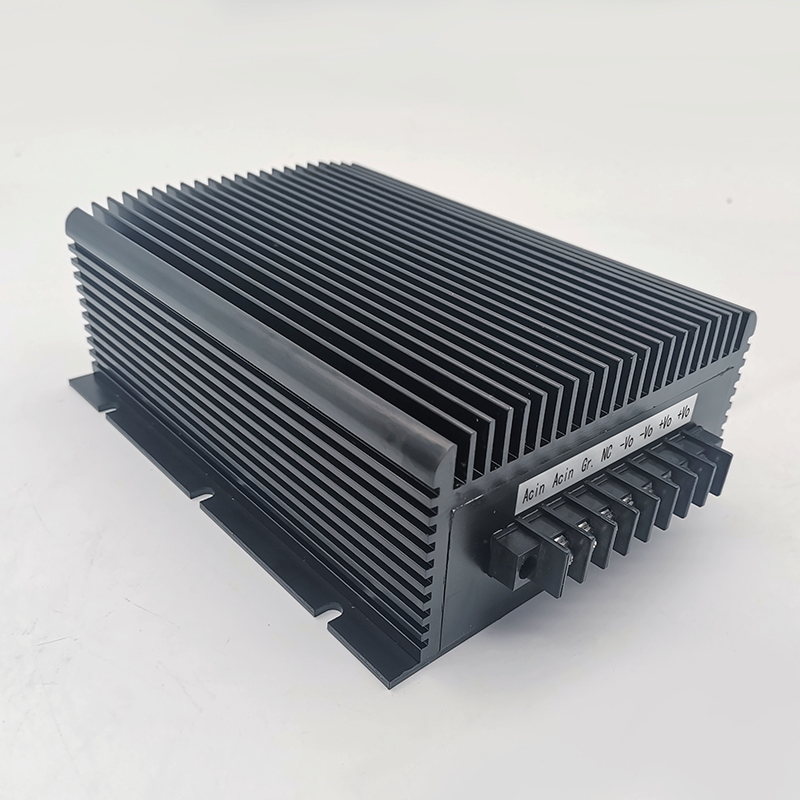What does a high-voltage input module power supply look like?(3)
In the early 1980s, the research on the distributed high frequency switching power supply system basically focused on the research of the converter parallel technology. In the mid-to-late 1980s, with the rapid development of high-frequency power conversion technology, various converter topologies appeared one after another. Combined with large-scale integrated circuit and power component technology, it became possible to integrate small and medium power devices, thereby rapidly Promote the development of distributed high-frequency switching power supply system research. Since the late 1980s, this direction has become a research hotspot in the international power electronics field.
The core of the Marine boost/buck voltage power supply is the IC, just like the brain of the Marine boost/buck voltage power supply, the quality of the IC directly affects various parameters of the Marine boost/buck voltage power supply.
Three: Transformer components
Determine the power and temperature resistance of the Marine boost/buck voltage power supply, it is the transformer. The transformer is responsible for the completion of AC and DC, and the energy overload will saturate the machine.

Four: Electrolytic capacitors and ceramic capacitors
Electrolytic capacitors, as well as monolithic electrolytic capacitors, which use sulfuric acid as the insulating medium, which allows for greater capacity savings, are made into smaller volumes, and are marked with a + symbol, some with an a symbol. Typically used for low frequency crosslinking and bypass filtering. The disadvantage is that the loss of mesons is greater. Monolithic electrolytic capacitors are due to their special properties. The performance of the material is better than that of ordinary electrolytic capacitors, and the frequency characteristics are better, but the capacity cannot be too large, and can be used in precision circuits and timing circuits.

